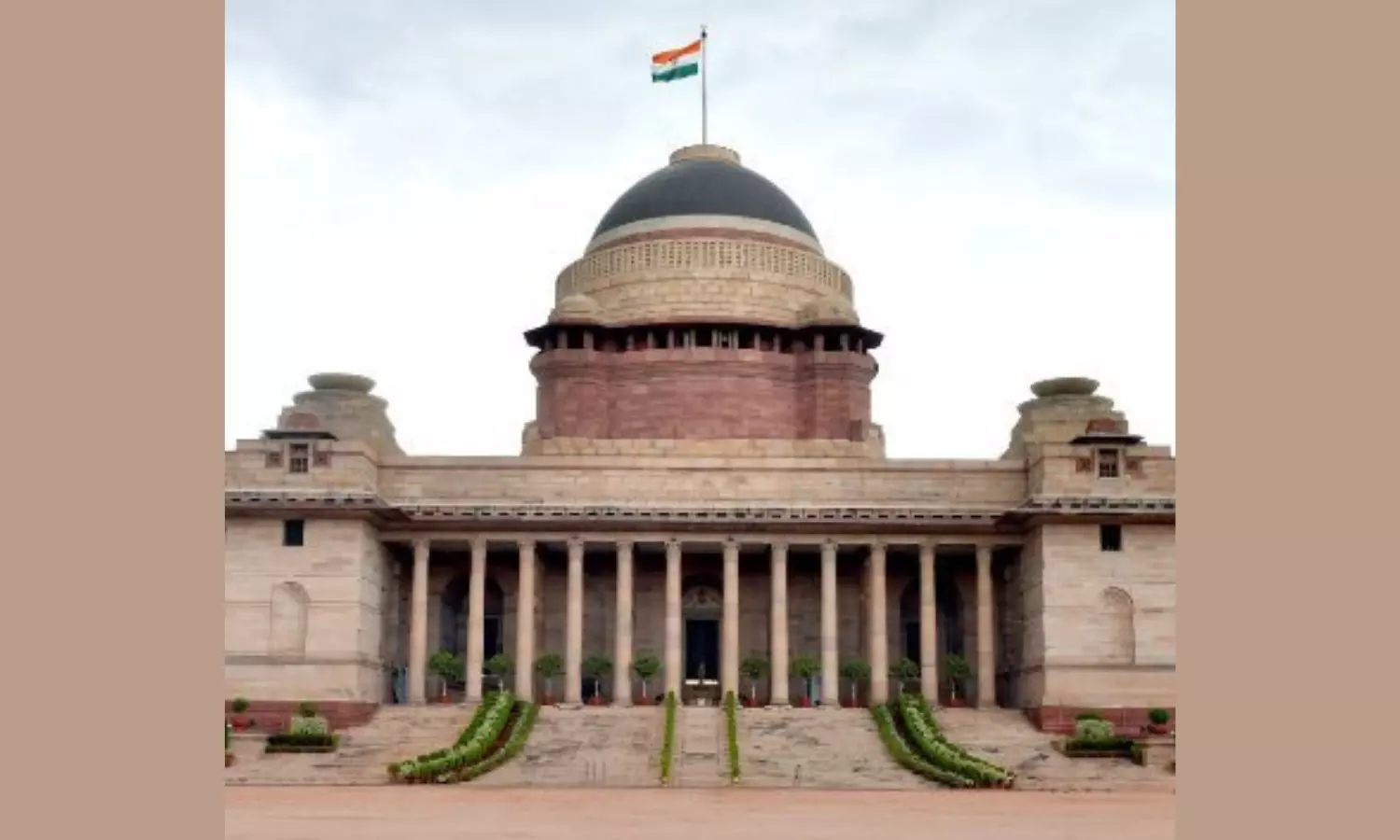Everything You Need to Know About Artists-in-Residence Program at Rashtrapati Bhavan
Launched back in 2013 during President Pranab Mukherjee’s tenure, the “In-Residence” program was designed to bring writers, thinkers and artists into the creative heart of the President’s Estate

Imagine walking through the grand corridors of Rashtrapati Bhavan in New Delhi and finding a Madhubani artist quietly sketching the delicate vines of heritage, or a Warli painter bringing tribal tales to life on canvas. That’s exactly what’s happening this year, as India’s most iconic residence welcomes folk artists from across the country under its unique “Artist in Residence” program.
This isn’t just about art, its about giving recognition and space to the roots of Indian culture that have lived in villages, been passed down through generations, and often been overlooked by the mainstream.
Launched back in 2013 during President Pranab Mukherjee’s tenure, the “In-Residence” program was designed to bring writers, thinkers and artists into the creative heart of the President’s Estate. But this time, there’s a special focus: folk art the kind that tell stories of communities, seasons, festivals, and faith through vibrant visuals and age old techniques.
This year’s participants include artists practicing Madhubani from Bihar, Gond from Madhya Pradesh, Pattachitra from Ordisha and many more form like Warli, Kalighat and even puppetry and weaving. These aren’t just art styles they’re living traditions, often learned not from schools but from family courtyards, village elders, and stories whispered during moonlit nights.
President Droupadi Murmu, herself deeply connected to tribal and folk culture, shared why programs like this matter. Folk art is not just about beauty, It carries the voice of people, their dreams, their struggles, and their beliefs. Rashtrapati Bhavan should not only reflect political power but also cultural strength.
The program offers artists a chance to live within the estate, work on new creations, and engage with students, visitors, and other creative minds. At the end of their stay, their work is put on display at the Rashtrapati Bhavan Museum Complex a space open to the public, where people can watch live demonstrations, talk to the artists, and truly connect with these traditions.
It’s about taking art out of dusty archives and putting it into a living space where it can breathe and evolve. We often talk about preserving culture, but this is how you actually do it by giving it space, respect, and a national platform.
Earlier this year, Rashtrapati Bhavan also hosted ‘Vividhta ka Amrit Mahotsav’, celebrating the cultural diversity of South India with hundreds of artists, artisans, and performers. All of this points to one thing: Rashtrapati Bhavan is becoming more than a symbol of governance it’s turning into a living museum of India’s soul.
And perhaps that’s the most hopeful part of this story. Because in a world rushing toward the future, this grand house on Raisina Hill is gently reminding us to hold on to where we came from.
This article is authored by Sanjana Singh as part of internship program with Deccan Chronicle.

